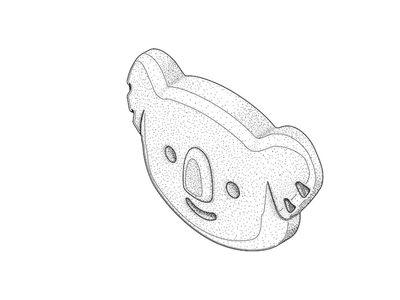KANSAS CITY — There were moments during the 2024 annual meeting of the American Bakers Association when it seemed as though the industry was operating in alternate universes. In one, at the well-attended meeting in sunny Scottsdale, Ariz., ABA’s leaders spoke forcefully about how the group will achieve a new strategic objective for baking to become the fastest growing food sector over the next five years. In the second universe, the Economic Research Service of the US Department of Agriculture published data showing US per capita disappearance of flour in 2023 had fallen to 128.8 lbs, down 3.9 lbs Josh Sosland, editor of Milling & Baking News
Josh Sosland, editor of Milling & Baking News
Source: Sosland Publishing Co. from the year before and the smallest level since 1986.
That per capita consumption would be lower in 2023 than the year before was never in doubt after the USDA in early March announced flour production last year was off sharply from the year before. What was not clear was whether flour imports or exports last year would provide a partial offset. The figures did not.
Beyond the disappointment of the figure falling to a 37-year low, the 2023 per capita number likely elevates concern about when the bottom will be reached. In the 25 years between 1972 and 1997, per capita flour consumption climbed 36.9 lbs — from 109.8 lbs, the 20th century low, to 146.7, the recent high. At 128.8 in 2023, the figure is now less than a pound from the 128.25-lb midway point between the high and the low. In other words, about half of the gain achieved between 1972 and 1997 has now been surrendered.
It bears repeating that too much significance should not be placed on a single year’s worth of data. For various reasons the per capita figure has and always will bounce around from one year to the next. The disruptive effects of the COVID-19 pandemic have exacerbated this phenomenon. Still, it would be similarly imprudent to ignore the fact the figure has fallen below 130 lbs two of the past three years. It is clear the current trend is not upward as the baking industry establishes its ambitious targets for growth.
On the plus side for the ABA, the 37-year low creates an attractive base from which the group may measure gains in the years ahead.
Still, to achieve its strategic objective, the baking industry must outperform such industries as meat, dairy, eggs, nuts and produce, industries that are not standing by idly. Instead, they are each seeking to protect and expand their turf by collectively marshaling their resources through often very large checkoff programs — a strategy the baking industry has opted against. From a resources standpoint, this difference gives the other industries a decided head start over baking.
A chosen approach for the ABA to help bakers reclaim lost share is by gathering and disseminating consumer research and data bakers may use in varied aspects of their businesses, from new product development to marketing.
Another approach presented at the annual meeting detailed an investment the industry is making through the Grain Foods Foundation in a range of scientific studies exploring important questions, some general, some highly specific, about the connection between the intake of flour-based foods and key health outcomes. It is hoped the findings will better immunize the industry from fallacious allegations about grains and fad diets that call for the avoidance of grains.
The GFF’s plan brings to mind a lecture delivered years ago by the famed biologist EO Wilson explaining key principles of evolutionary theory by describing what happens in a forest following a devastating wildfire. In the fire’s aftermath, the forest initially is overrun by opportunistic species — fast growing weeds. Gradually, over time, though, stronger species, say oak trees, will prevail, displacing the weeds and restoring the forest.
Research funded by the GFF represents the strong trees that ultimately will allow the goodness of grain foods to stand tall. It will take time. In the interim, to deal with never ending fad diets, the industry must secure and invest the considerable resources needed to become masters of weed control.





